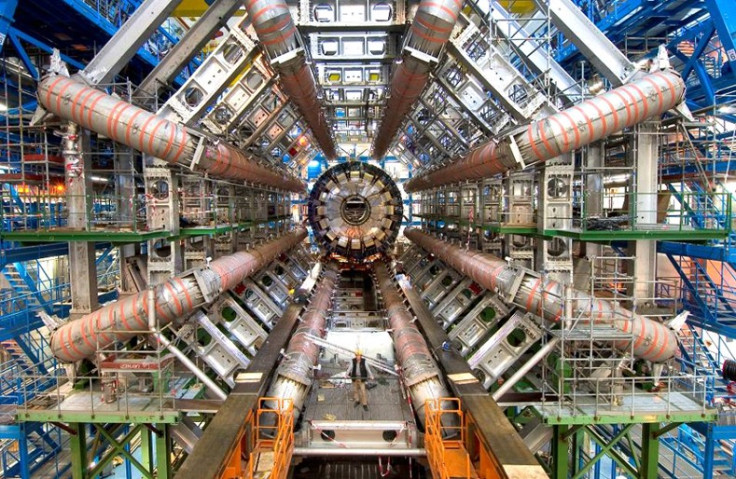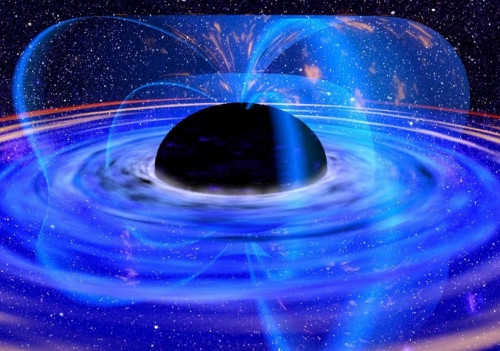Mini black holes in Large Hadron Collider 'could prove existence of parallel universes'

Cern's Large Hadron Collider could be used to prove the existence of parallel universes, a team of physicists have said.
The LHC is due to be switched on later this week – although no date has been set – following a two year shut down during which scientists undertook servicing and upgrading work on the machine.
Experiments at the LHC are expected to provide scientists with key information about our universe, including that on dark matter and the Big Bang.
However, physicists have also said the LHC could be used to uncover the existence of parallel universes – with the detection of mini black holes at a certain energy level the way to do it.
Mir Faizal, one of the authors of the study published in Physics Letters B, told Phys.org: "Normally, when people think of the multiverse, they think of the many-worlds interpretation of quantum mechanics, where every possibility is actualised. This cannot be tested and so it is philosophy and not science. This is not what we mean by parallel universes. What we mean is real universes in extra dimensions.
"As gravity can flow out of our universe into the extra dimensions, such a model can be tested by the detection of mini black holes at the LHC. We have calculated the energy at which we expect to detect these mini black holes in gravity's rainbow [a new theory]. If we do detect mini black holes at this energy, then we will know that both gravity's rainbow and extra dimensions are correct."
The LHC is already being used to detect mini black holes, but so far they have proved elusive.

Currently, it is thought that if there are only four dimensions, the energy required to produce mini black holes would be far higher than what the LHC can achieve. However, more dimensions would mean less energy to produce them – which the LHC could do. This is because gravity in our universe could flow into the extra dimensions.
The authors believe the current models of gravity used to predict mini black hole production are not quite right because they do not account for quantum effects. In their theory, they have modified models to allow for this.
Should these mini black holes be detected, it would support several theories about extra dimensions and parallel universes. If they are not found, several other possibilities could emerge.
Mohammed M Khalil, another author of the paper, said: "If black holes are not detected at the predicted energy levels, this would mean one of three possibilities. One, extra dimensions do not exist. Two, they exist, but they are smaller than expected. Or three, the parameters of gravity's rainbow need to be modified."
The authors conclude: "In this paper, we have analysed higher dimensional Schwarzschild black holes in gravity's rainbow. It was expected that black holes will be detected at LHC if large extra dimensions existed. This was because the existence of extra dimensions would lower the effective Planck mass to TeV scale (ie LHC energy scale).
"The absence of any black hole at LHC could thus be interpreted as the absence of large extra dimensions, at least at the energy scale of the LHC."
© Copyright IBTimes 2025. All rights reserved.






















